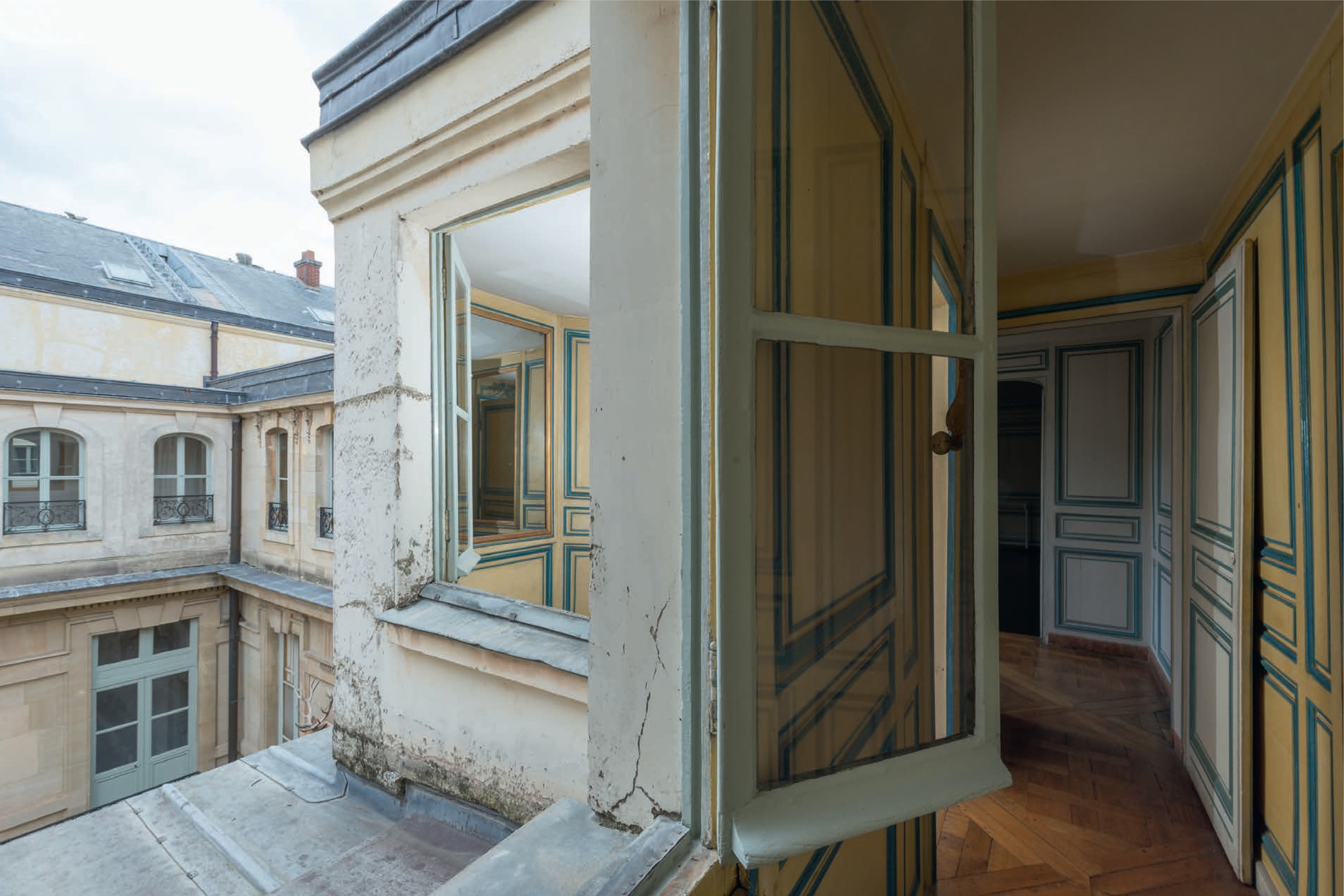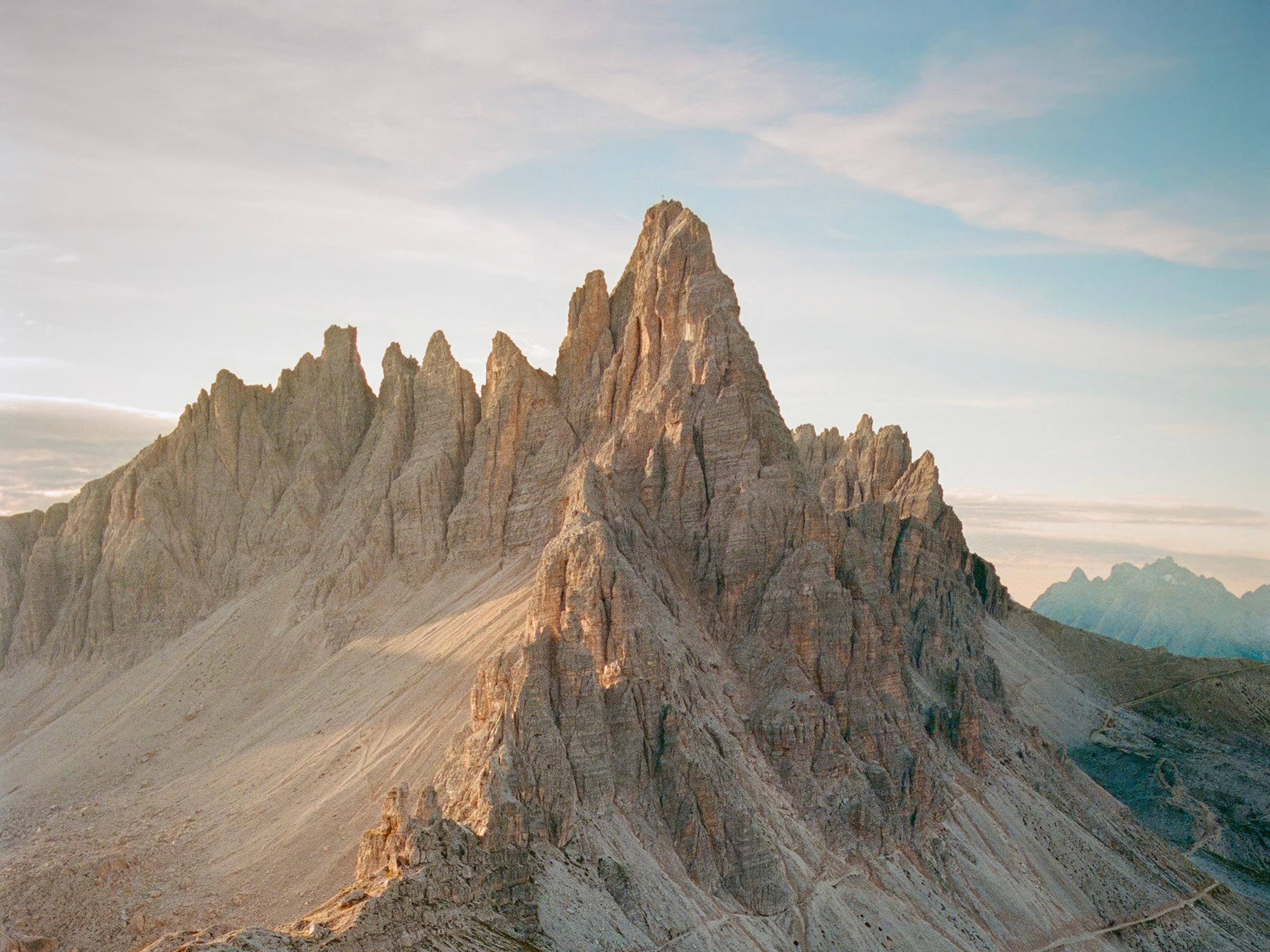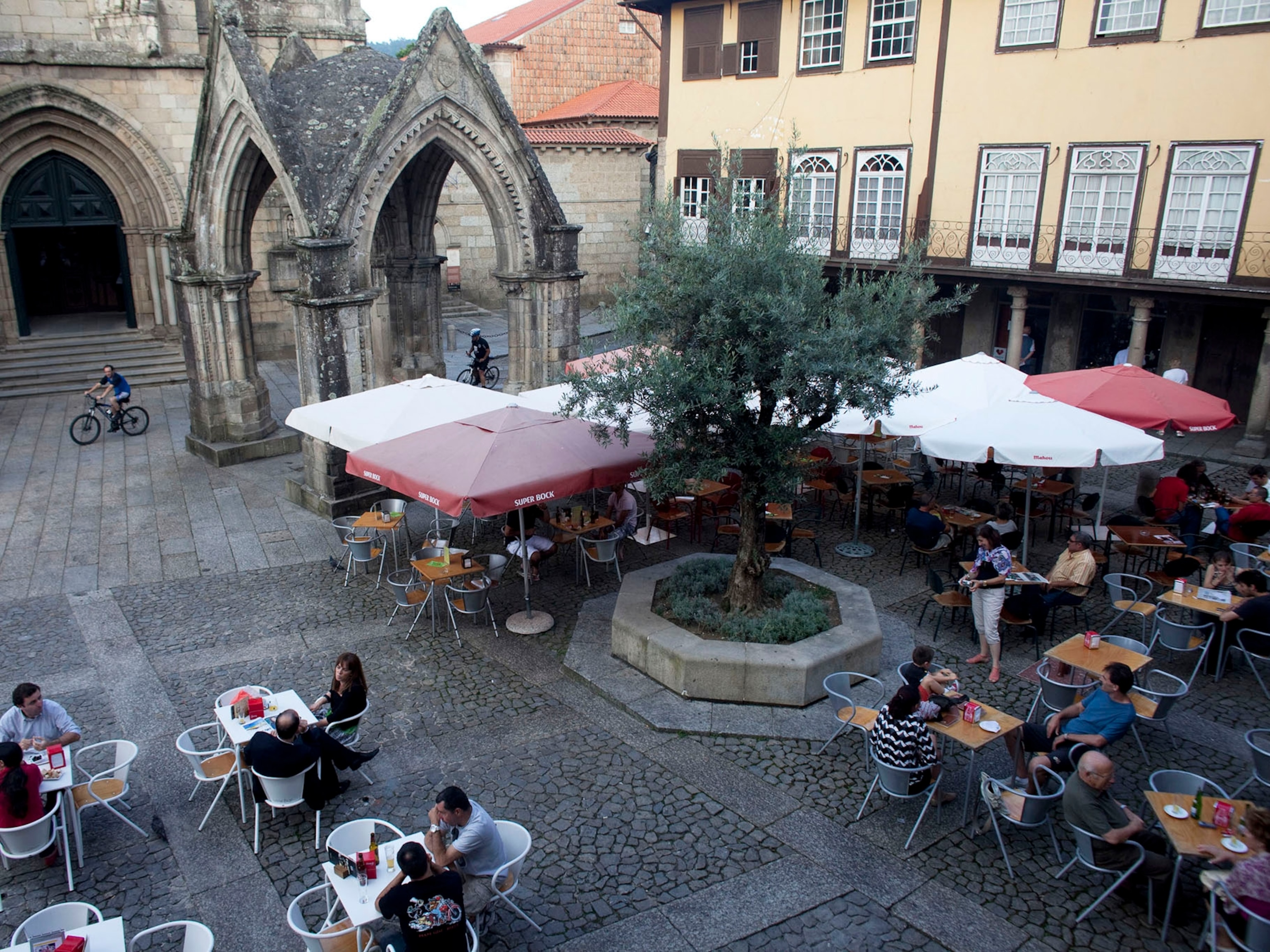
Here’s why Versailles will blow your mind—and how to visit
From lush gardens to gilded ceilings, this palace near Paris is fit for a king.
Few palaces rival France’s Château de Versailles for sheer opulence. Located on the outskirts of Paris, this former home of French kings offers visitors a chance to walk in the footsteps of royalty. The complex was commissioned by Louis XIV, who moved the nation’s government to Versailles in 1682 and wanted a palace to match the glory of his reign.
Nowhere is this more evident than in the Galerie des Glaces (Hall of Mirrors). Spanning some 240 feet, King Louis XIV’s elegant ballroom adorned with colossal arched mirrors, gilded statues, and dazzling chandeliers takes spectators waltzing through a masterclass of mid-17th-century splendor. A real showstopper is the vaulted ceiling with Charles Le Brun’s paintings depicting the monarch’s illustrious rule. It was also here that the Treaty of Versailles was signed in June 1919, formally ending World War I.
The splendor of the palace is matched by its surroundings. The 17th-century Grand Trianon, an incredible array of pink marble buildings and enchanting gardens, was another integral part of life at Versailles. In later years Napoleon Bonaparte often stayed in the intimate palace, and Charles de Gaulle converted its northern wing into an official presidential residence, which still hosts guests of France’s head of state.
Versailles remained the epicenter of French royal power for more than a century, until 1789, when an agitated group of revolutionaries stormed the palace and evicted Louis XVI and Marie-Antoinette. The mob sent the royal couple back to Paris, where they were eventually beheaded.
While the French monarchs are long gone, Versailles remains a national icon. Beginning in the 19th century, portions of the palace were opened to the public and converted into a museum. In 1979, its rich history, architecture, and landscapes earned it a place on the UNESCO World Heritage List.
Sites and bites
Stalls at the village’s indoor market, Marché Notre-Dame, offer delicacies from cured meats, olives, and cheeses to inventive renditions of the macaron. At Hotel Le Louis Versailles Château, mixologists behind a glowing circular bar whip up cocktails riffing on royalty. When night falls, head to the Trianon Palace Versailles for Gordon Ramsay’s Michelin-starred dining that is fit for a king.
When to go
There’s no bad season to visit Versailles, but its extensive gardens are at their best in spring and summer. While the gardens and park remain accessible, the buildings are closed on Mondays. Some days are also busier than others, including Sundays and Tuesdays, when many Paris museums are closed. For a unique experience, plan your visit in July for Bastille Day celebrations, featuring pyrotechnics, fireworks, and historical figures.
How to get there
Versailles is about 10 miles from Paris and easily accessible by car, taxi, bus, or train. The RER C line links central Paris with the Versailles Rive Gauche station—five minutes from the palace on foot. Trains also run from Paris Montparnasse to Versailles Chantiers, and from Paris Saint Lazare to Versailles Rive-Droite—each a 10-minute walk from the palace. The RATP bus 171 runs from Pont de Sèvres metro station to Versailles.
- National Geographic Expeditions
Learn more about visiting the Versailles World Heritage site at VisitWorldHeritage.com/Versailles
























